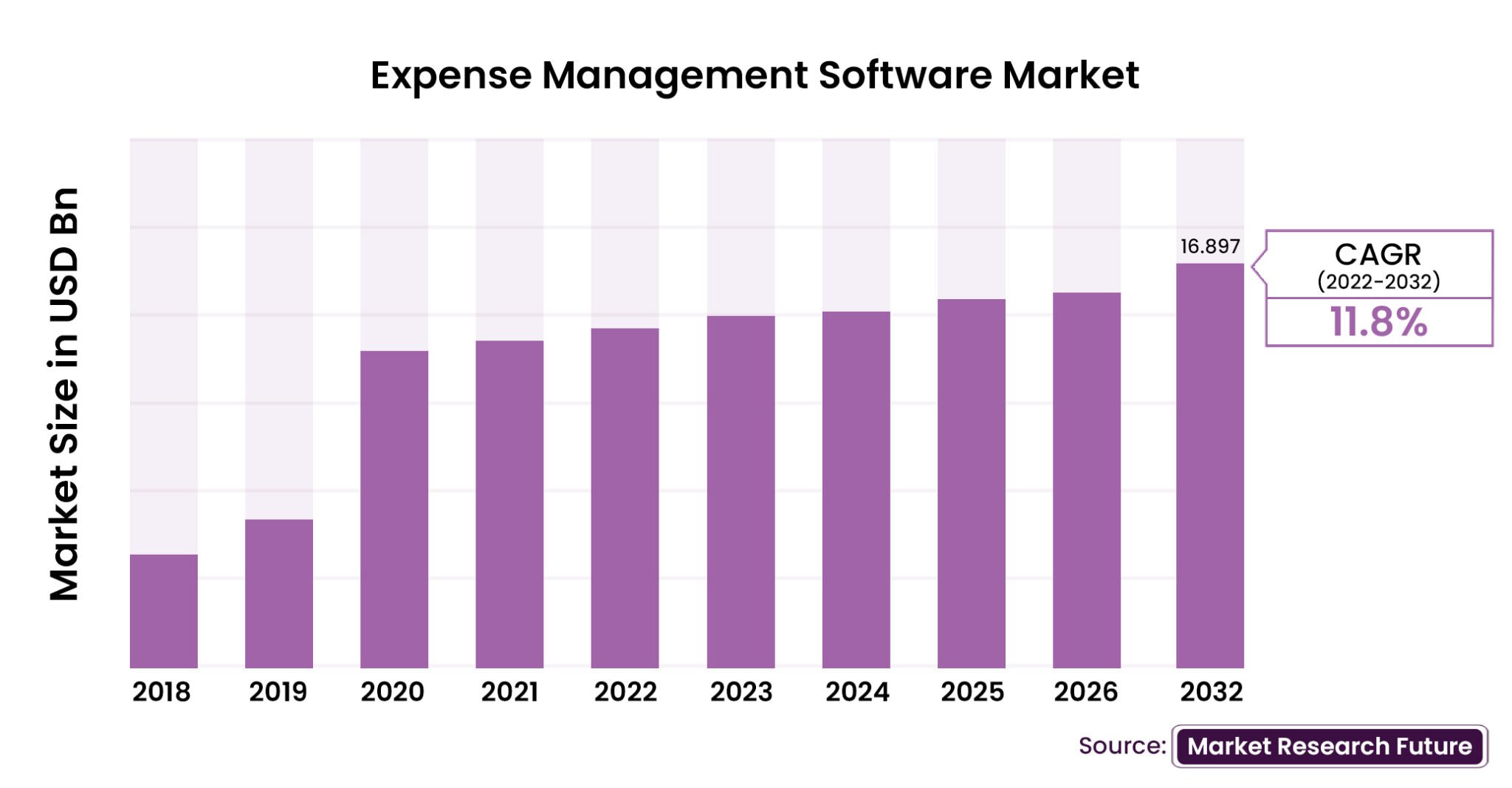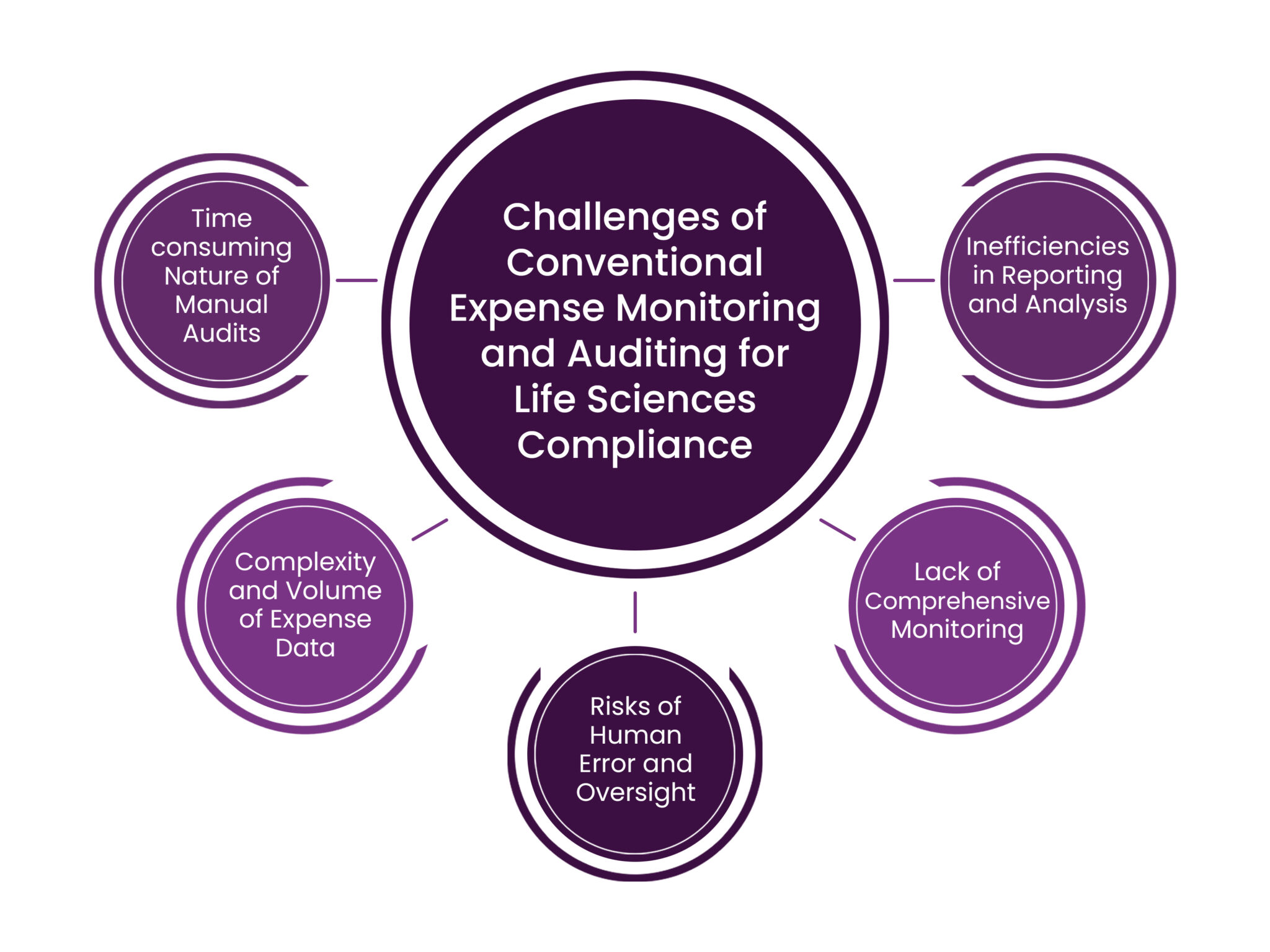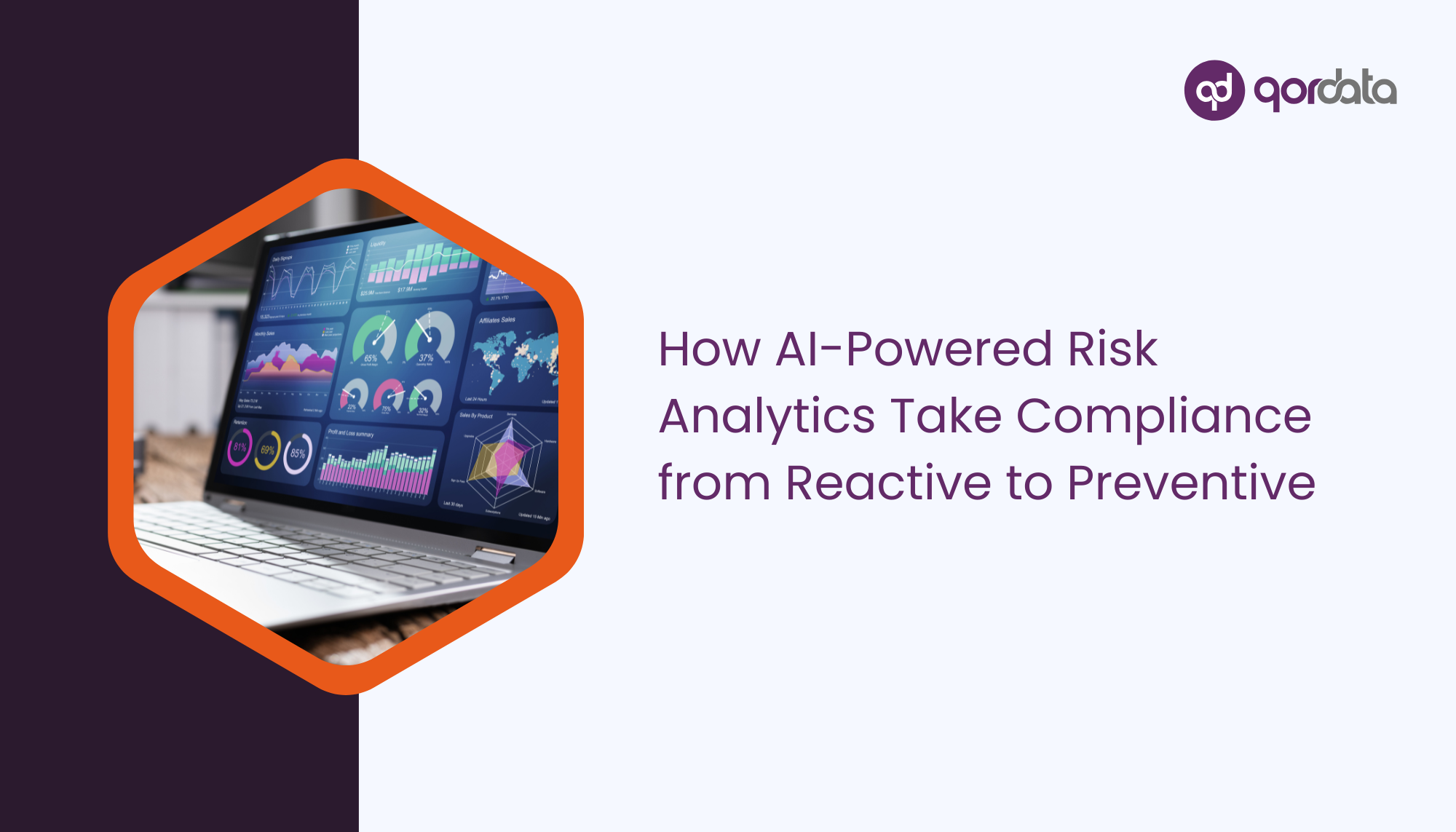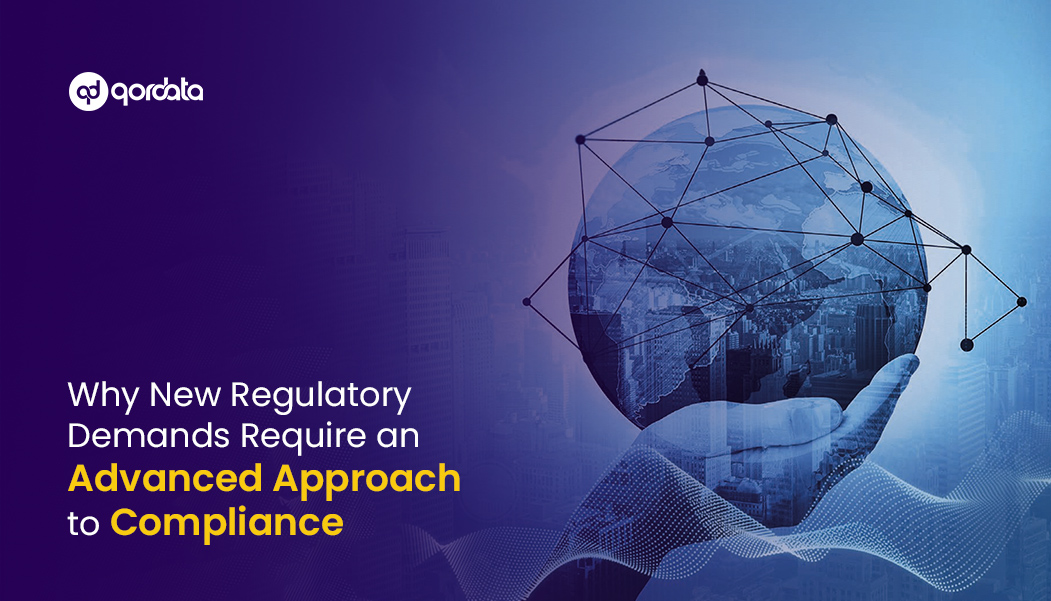Newly appointed compliance professionals cannot be expected to understand the hassle of manually auditing 100% of commercial expense data. With countless expenses to track and monitor against compliance SOPs, ensuring strict adherence to company policies and accurate and legitimate expense recording. Living in a technologically advanced era, leveraging modern tools to ensure life sciences compliance is imperative.
Experts suggest that the Expense Management Software Market will reach approximately USD 16.897 Billion by 2032. It’s expected to grow steadily at 11.8% annually from 2022 to 2032. Such tools help businesses improve their processes by automating and simplifying the handling and approval of expense reports.
Challenges of Conventional Expense Monitoring and Auditing for Life Sciences Compliance
Manual expense monitoring and auditing present substantial obstacles in life sciences compliance, limiting efficiency, accuracy, and overall compliance effectiveness.
Here are the main challenges associated with the traditional/old approach:
-
Time-consuming in Nature:
Manual audits require a significant amount of time and resources. Compliance officers must thoroughly evaluate each expense report, verify supporting documents, and cross-check it against industry requirements and internal policies. This time-consuming approach frequently delays auditing cycles and depletes valuable resources that could be directed toward more strategic efforts.
-
Complexity and Volume of Expense Data:
Manual expense monitoring entails analyzing large amounts of data covering various expenses, from HCP meals, travel, and accommodation to research expenses or vendor payments. The sheer volume and complexity of expense reporting make it extremely labour-intensive and prone to errors.
-
Risks of Human Error and Oversight:
Human involvement in manual expense monitoring and auditing increases the likelihood of errors. Despite stringent review processes, compliance officers may overlook anomalies, misread regulations, or unintentionally authorize non-compliant spending. These errors can lead to financial penalties and reputational damage for life sciences organizations.
-
Lack of Comprehensive Monitoring:
Conventional methods may not be able to provide comprehensive coverage across all expense categories and compliance parameters. Certain types of expenses or compliance checks may go unaddressed without automated systems, leaving gaps in the monitoring process and exposing organizations to potential compliance breaches.
-
Inefficiencies in Reporting and Analysis:
Conventional ways of monitoring and auditing expenses can be inefficient in reporting and analysis. Collating data from disparate sources, generating comprehensive reports, and extracting actionable insights become arduous tasks, hindering the ability of compliance teams to make informed decisions and implement proactive risk management strategies.
Introducing Automated Expense Monitoring & Auditing Solution
Automated Expense Monitoring and Auditing Solutions are a significant improvement in the field of compliance in the life sciences business. These innovative solutions use technology to expedite and improve the monitoring and auditing process, providing a variety of benefits to businesses aiming for compliance and operational efficiency.
Functionality and Scope:
Automated Expense Monitoring & Auditing Solutions leverage sophisticated algorithms and data analytics to automate the detection of compliance issues within expense reports. By scanning vast volumes of data, these solutions can identify anomalies, discrepancies, and potential risks in real-time, significantly reducing the manual effort required for monitoring and auditing tasks.
Customizable Audit Rules and Checklist:
One key feature of these solutions is the ability to set customizable audit rules tailored to each organization’s specific requirements and policies. Users can define parameters, thresholds, and criteria for compliance checks, ensuring that the solution aligns closely with their unique compliance objectives and industry standards.
This customization ensures targeted expense data monitoring, helping detect discrepancies such as high-end restaurant charges and alcohol expenses. By proactively identifying these issues, organizations can mitigate compliance risks and avoid potential violations and financial penalties.
Automated solutions enable the establishment of comprehensive audit checklists, allowing organizations to review expense reports for accuracy and compliance systematically. These checklists can encompass various aspects, including expense types, vendor relationships, documentation requirements, and government guidelines, ensuring thorough and consistent auditing practices.
Enhanced Accuracy and Efficiency:
These solutions enhance the accuracy and efficiency of the auditing process by automating repetitive tasks and leveraging advanced technologies such as optical character recognition (OCR) and machine learning. They can quickly identify patterns, trends, and outliers within expense data, enabling compliance teams to focus their efforts on high-risk areas and strategic decision-making.
Real-time Monitoring and Alerts:
Automated solutions provide real-time monitoring capabilities, allowing organizations to detect compliance issues as soon as they arise. Through customizable alerts and notifications, compliance teams can promptly address discrepancies, mitigate risks, and implement corrective actions, minimizing the impact of non-compliance on business operations.
Data-driven Insights and Reporting:
Automated expense monitoring and auditing solutions leverage advanced data analytics capabilities to generate actionable insights and comprehensive reports to support informed decision-making and compliance management. These insights provide valuable visibility into expense patterns, compliance trends, and potential areas for improvement, empowering organizations to address compliance challenges and optimize processes proactively.
Take Control of Your Expenses With qordata
qordata enables life sciences companies to simplify expense management and view all their business expenses and potential non-compliance issues in one place. This not only saves time but also streamlines your workflow. Meet legal requirements, industry standards, internal policies, and spending caps as per your country or region.
Product Features:
- SAP Concur and Veeva Connector to extract reports and attachments.
- OCR Technology to convert receipts, boarding passes, sign-in sheets, travel-related receipts, and expense-related documents into machine-readable text.
- Built-in and configurable audit rules.
- Manual overriding of the audit results.
- Manage risk remediation by moving risky reps and reports to the workbench.
- Dive into previously executed audits.
Conclusion
Embrace automation for compliance to stay ahead of industry changes, mitigate risks, and drive operational excellence. The future of life science compliance relies on embracing advanced technology. Organizations, moving forward plan on achieving sustainable growth by harnessing automation and staying agile.
Other Relevant Read:





